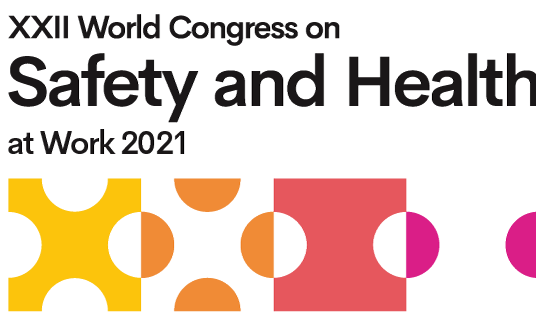Prevention in the Connected Age Global solutions to achieve safe and healthy work for all
The world today is highly connected. This connectivity has been enabled and accelerated through mechanisms such as global supply chains and technology allowing for the rapid exchange of data, knowledge, processes and practices that create challenges and opportunities for protecting the safety and health of workers.
The Challenges include governance and regulation, the roles and responsibilities of workers, employers, designers, suppliers, importers and a growing number of other actors, to “systems-based” approaches to prevention, and emerging work-related hazards, risks and new forms of work organization.
The Opportunities include opportunities for greater collaboration bringing together diverse groups of actors to share knowledge, drive innovation and engage in collective action on global solutions to what are now global challenges.
The World Congress is a crucial global forum to explore the implications of these rapid changes and to build a world-wide vision and community for sustainable prevention.
1. Innovations in Addressing Longstanding Safety and Health Challenges
While significant progress has been made to reduce the incidence of work-related injury and disease, traditional hazards in high-risk sectors continue to exist. In addition, workers, including new and young workers continue to be at greater risk. Identifying innovations in tackling such longstanding challenges in workers’ health protection will be a focus of the World Congress. The Congress will present key advances in protecting workers in highly hazardous occupations and industries around the globe and include strategies for safely integrating young and new workers into the workplace.
2. Implications of the Changing World of Work for Occupational Safety and Health
Digitalisation, globalisation, demographic change and the increasing flexibility of work are trends that are currently shaping the world of work. This has brought new forms of work and work organization, and new challenges and opportunities for prevention. The Congress will consider the implications of the changing world of work for workers, employers, policy-makers and regulators, researchers, and OSH professionals. It will explore the opportunities to take action on what are now global challenges.
3. Advancing a Culture of Prevention
The global movement to embrace a mindset that all injuries and ill-health arising from work are preventable requires a paradigm and culture shift across all aspects of working life. Injuries at work and occupational diseases are neither predetermined nor unavoidable – they always have causes. By building a strong prevention culture, these causes can be eliminated and work related physical and mental harm and occupational diseases can be prevented.
The Challenges include governance and regulation, the roles and responsibilities of workers, employers, designers, suppliers, importers and a growing number of other actors, to “systems-based” approaches to prevention, and emerging work-related hazards, risks and new forms of work organization.
The Opportunities include opportunities for greater collaboration bringing together diverse groups of actors to share knowledge, drive innovation and engage in collective action on global solutions to what are now global challenges.
The World Congress is a crucial global forum to explore the implications of these rapid changes and to build a world-wide vision and community for sustainable prevention.
Main Topics
The Congress Program will be dynamic and interactive, showcasing experts, thought leaders and innovators from around the globe covering the following main topics:1. Innovations in Addressing Longstanding Safety and Health Challenges
While significant progress has been made to reduce the incidence of work-related injury and disease, traditional hazards in high-risk sectors continue to exist. In addition, workers, including new and young workers continue to be at greater risk. Identifying innovations in tackling such longstanding challenges in workers’ health protection will be a focus of the World Congress. The Congress will present key advances in protecting workers in highly hazardous occupations and industries around the globe and include strategies for safely integrating young and new workers into the workplace.
2. Implications of the Changing World of Work for Occupational Safety and Health
Digitalisation, globalisation, demographic change and the increasing flexibility of work are trends that are currently shaping the world of work. This has brought new forms of work and work organization, and new challenges and opportunities for prevention. The Congress will consider the implications of the changing world of work for workers, employers, policy-makers and regulators, researchers, and OSH professionals. It will explore the opportunities to take action on what are now global challenges.
3. Advancing a Culture of Prevention
The global movement to embrace a mindset that all injuries and ill-health arising from work are preventable requires a paradigm and culture shift across all aspects of working life. Injuries at work and occupational diseases are neither predetermined nor unavoidable – they always have causes. By building a strong prevention culture, these causes can be eliminated and work related physical and mental harm and occupational diseases can be prevented.











